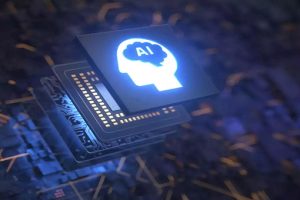It’s been nearly a year since the rise of a new breed of artificial intelligence took the world by storm. The capabilities of these cutting-edge generative AI tools, predominantly driven by large language models (LLMs), compelled every company and employee to reconsider their work methodologies. The looming question for many was whether this new technology posed a threat to their jobs or served as a powerful tool to enhance their productivity. The challenge is clear: in the age of GenAI, those who fail to harness its potential could potentially lag behind their peers.
This paradigm shift imposed a dual responsibility on engineering and technical leaders. First, there’s an internal pressure to comprehend how your organization will embrace these innovative tools and what actions are necessary to avoid falling behind industry competitors. Second, if your business involves providing software and services to other companies, you’ll likely encounter clients who’ve temporarily halted investments in new tools as they navigate their approach to the GenAI era.
In the midst of extensive hype, it’s understandable if you find it overwhelming to determine where to allocate your resources. Before delving into the intricate details of how to utilize the insights or content generated by your GenAI, it’s essential to establish a robust foundation to ensure its seamless operation. To assist in this endeavor, we’ve identified four critical areas that demand your understanding and attention for optimal utilization of the time and resources invested:
- Vector Databases: These databases form the backbone of AI, enabling efficient handling of data and vectors, which are fundamental in the world of generative AI.
- Embedding Models: A grasp of embedding models, a crucial component, will enhance your AI’s ability to comprehend and work with data.
- Retrieval Augmented Generation (RAG): Delve into the workings of RAG, a methodology that bridges information retrieval and content generation, thereby bolstering the AI’s capabilities.
- Knowledge Bases: A well-structured knowledge base is invaluable for effective AI operation, providing a repository of information for reference and content generation.
Understanding and mastering these four pillars is almost certain to be the cornerstone of your AI strategy.






















